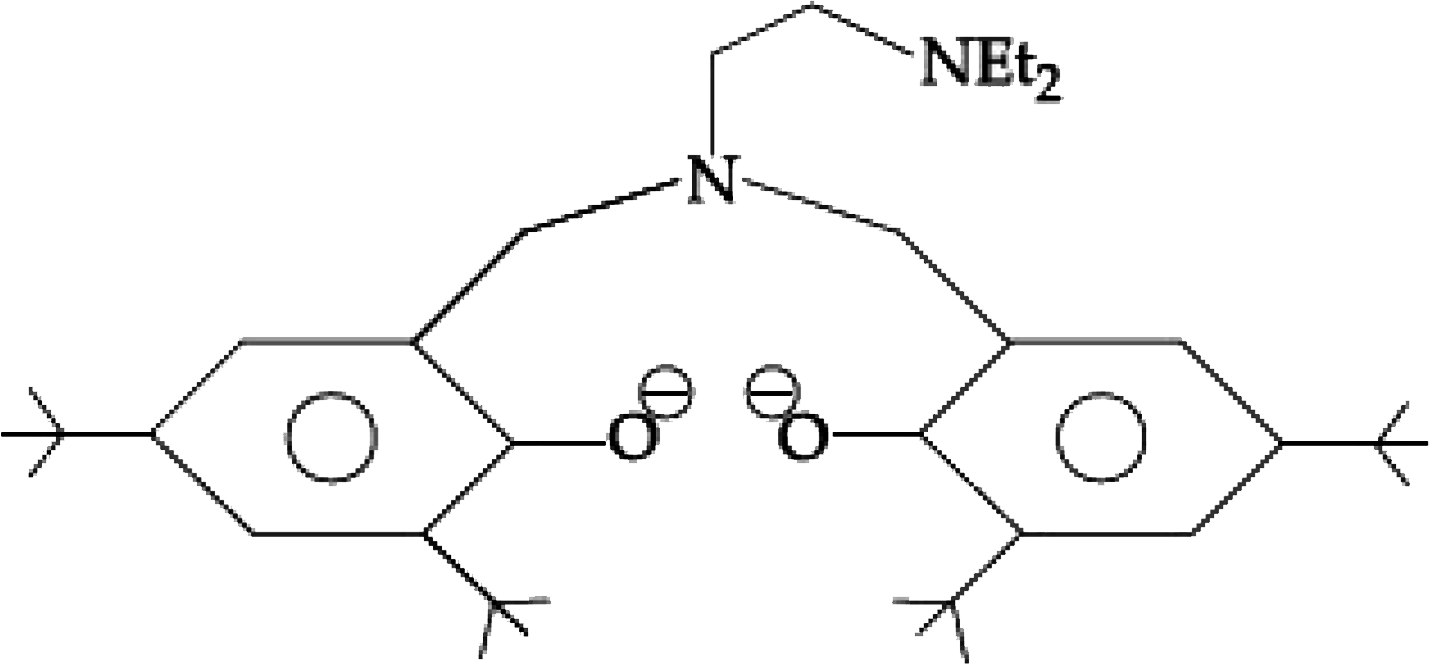Out of following which ligand is a π acid ligand ?
CO
NH3
Cl−
H2O
The correct Answer is:A
To determine which ligand is a pi-acid ligand from the given options (Carbon monoxide, Ammonia, Chloride ion, Water), we need to understand the concept of pi-acid ligands and how they interact with metal centers.
1. Define Pi-Acid Ligands:
- Pi-acid ligands are those that can accept electron density from the metal through their vacant orbitals while also donating electron pairs to the metal. This dual interaction allows for the formation of both sigma and pi bonds.
2. Analyze Each Ligand:
- Carbon Monoxide (CO):
- CO has a lone pair of electrons on the carbon atom and also has vacant orbitals on the carbon atom. It can donate its lone pair to the metal (acting as a sigma donor) and can also accept electron density from the metal into its vacant orbitals (acting as a pi-acceptor). This makes CO a classic example of a pi-acid ligand.
- Ammonia (NH₃):
- NH₃ has a lone pair of electrons that it donates to the metal, but it does not have vacant orbitals to accept electron density from the metal. Therefore, it does not qualify as a pi-acid ligand.
- Chloride Ion (Cl⁻):
- The chloride ion is a simple anion that can donate its lone pair to the metal but lacks vacant orbitals to accept electron density. Thus, it is not a pi-acid ligand.
- Water (H₂O):
- Water can donate its lone pairs to the metal but, similar to ammonia and chloride, it does not have vacant orbitals to accept electron density. Therefore, it is also not a pi-acid ligand.
3. Conclusion:
- Among the given ligands, only Carbon Monoxide (CO) exhibits the characteristics of a pi-acid ligand due to its ability to both donate and accept electron density.
Final Answer:
The ligand that is a pi-acid ligand is Carbon Monoxide (CO).
- Pi-acid ligands are those that can accept electron density from the metal through their vacant orbitals while also donating electron pairs to the metal. This dual interaction allows for the formation of both sigma and pi bonds.
- Carbon Monoxide (CO):
- CO has a lone pair of electrons on the carbon atom and also has vacant orbitals on the carbon atom. It can donate its lone pair to the metal (acting as a sigma donor) and can also accept electron density from the metal into its vacant orbitals (acting as a pi-acceptor). This makes CO a classic example of a pi-acid ligand.
- Ammonia (NH₃):
- NH₃ has a lone pair of electrons that it donates to the metal, but it does not have vacant orbitals to accept electron density from the metal. Therefore, it does not qualify as a pi-acid ligand.
- Chloride Ion (Cl⁻):
- The chloride ion is a simple anion that can donate its lone pair to the metal but lacks vacant orbitals to accept electron density. Thus, it is not a pi-acid ligand.
- Water (H₂O):
- Water can donate its lone pairs to the metal but, similar to ammonia and chloride, it does not have vacant orbitals to accept electron density. Therefore, it is also not a pi-acid ligand.
- Among the given ligands, only Carbon Monoxide (CO) exhibits the characteristics of a pi-acid ligand due to its ability to both donate and accept electron density.
The ligand that is a pi-acid ligand is Carbon Monoxide (CO).
Topper's Solved these Questions
- COORDINATION COMPOUNDS BOOK - AAKASH INSTITUTE ENGLISHCHAPTER - COORDINATION COMPOUNDS EXERCISE - Assignment (Section-B Objective type Questions (One Option is correct))
13 Videos
- COORDINATION COMPOUNDS BOOK - AAKASH INSTITUTE ENGLISHCHAPTER - COORDINATION COMPOUNDS EXERCISE - Assignment (Section-C Objective type Questions ( More than one Option are correct))
14 Videos
- COORDINATION COMPOUNDS BOOK - AAKASH INSTITUTE ENGLISHCHAPTER - COORDINATION COMPOUNDS EXERCISE - Try Yourself
14 Videos
- CLASSIFICATION OF ELEMENTS AND PERIODICITY IN PROPERTIESBOOK - AAKASH INSTITUTE ENGLISHCHAPTER - CLASSIFICATION OF ELEMENTS AND PERIODICITY IN PROPERTIESEXERCISE - Assignment (Section - J Aakash Challengers Questions)
6 Videos
- ELECTROCHEMISTRY BOOK - AAKASH INSTITUTE ENGLISHCHAPTER - ELECTROCHEMISTRY EXERCISE - Assignment (SECTION - J) (Aakash Challengers Questions)
10 Videos
Similar Questions
Which of the following ligand does not as π−acid ligand?
View SolutionWhich is a π-acid ligand?
View SolutionThe following ligand is :

View SolutionThe ligand called π acid is
View SolutionWhich of the following is a π-acid ligand?
View SolutionWhich of the following ligands are π acceptor ?
View SolutionWhich of the following is not an ambidntate ligand ?
View SolutionThe strong field ligand is "
View SolutionWhich of the following is not acid ligand?
View SolutionWhich of the following is not a polydentate ligand ?
View Solution
